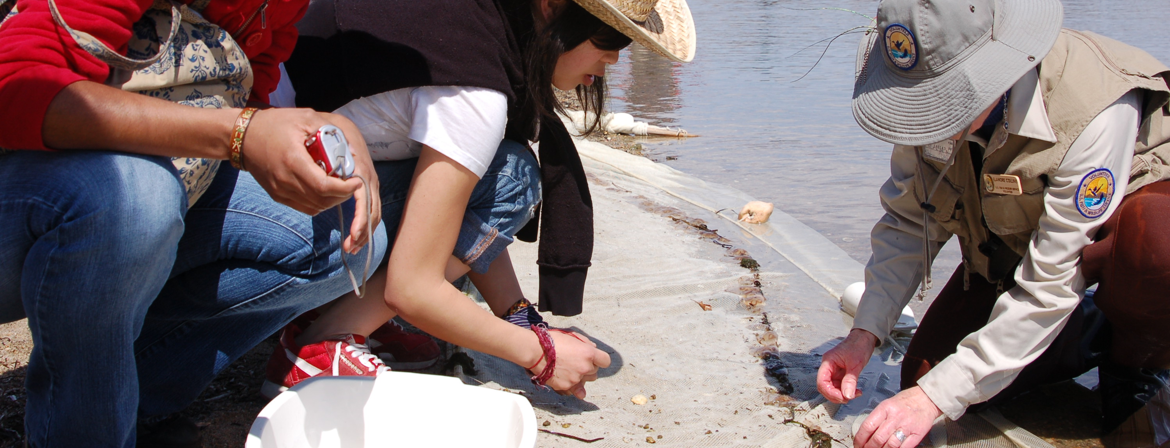To increase public and healthcare professionals’ engagement in behaviors aimed at reducing the threat of antimicrobial resistance, the United Kingdom launched the Antibiotic Guard…
After creating Smart Trips, a successful transportation program for residents of Portland, Oregon, the Bureau of Transportation chose to redefine the program, shifting its focus t…
This paper explores five different approaches to antibiotic stewardship, providing examples of how international collaborations can address optimal prescribing. Each approach exam…
In an effort to increase colorectal cancer screening rates among low-income Asian Americans, Hispanics, and African Americans ages 50 to 75, Cook County created the Colorectal Can…
In conjunction with hosting World Blood Donor Day in 2010, Barcelona launched the Barcelona is full blooded campaign to raise public awareness of the importance of donating blood.…
To promote the reduction of home energy consumption and energy use related to food and transportation, Girl Scouts created the Girls Learning Energy and Environment Program (GLEE)…
In Playa Vista, California, Ability2Change work-place based transportation campaigns used custom services and incentives to decrease single-occupant-vehicle (SOV) peak period beha…
From September 2008 to March 2011, Green Communities Canada’s EcoDriver program operated in twelve Ontario communities promoting fuel-saving behaviors in three core areas: fuel ef…
As part of a strategic plan to reduce air pollution and comply with Environmental Protection Agency standards established under the Clean Air Act, Oregon’s Department of Environme…
The goal of the 20/20 The Way to Clean Air program was to engage residents living in the Greater Toronto Area in taking actions at the individual and collective level to reduce ai…



